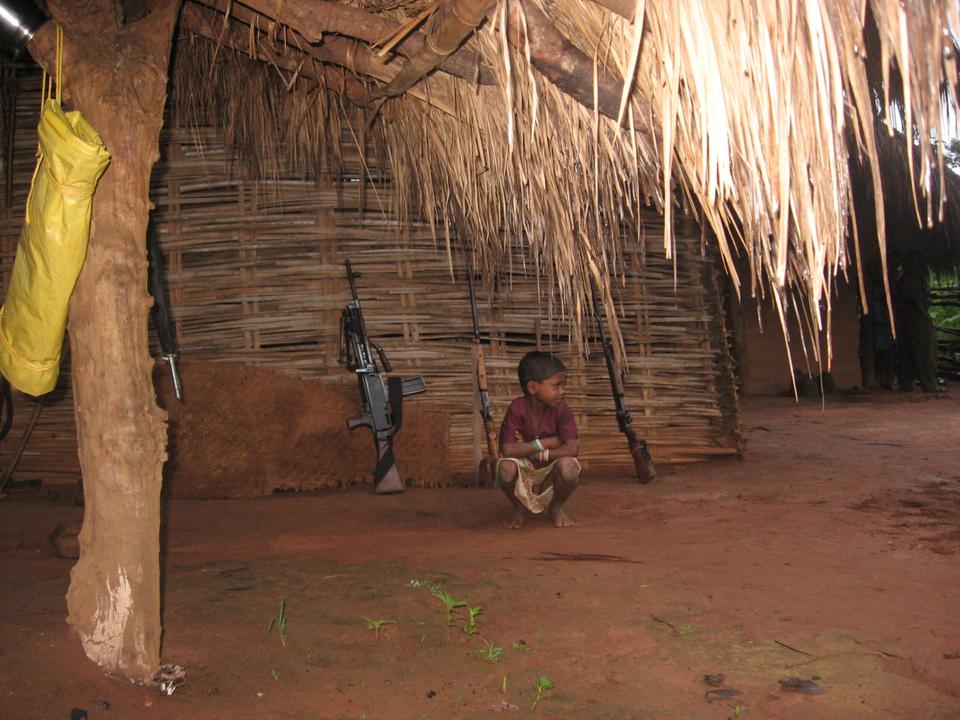The seven-decade insurgency is on the wane after a change in New Delhi’s military approach has breached several Maoist strongholds, entrapping or wooing the guerilla fighters into submission.
Around mid-November, the Indian security forces gunned down at least 26 rebels of the Communist Party of India-Maoist (CPI-Maoist), an outlawed outfit, in a forested area of Gadchiroli in western state of Maharashtra. Among those “neutralised”— the security lingo for killing in combat — was Milind Teltumbde, one of the top rebel leaders of the outfit who carried a reward of 5 million Indian rupees (around $ 65,965) and was responsible for numerous bloody attacks on security forces across the country.
The death of Teltumbde, both friends and foes of the CPI-Maoist agree, has deeply damaged the radical movement once described as “the single biggest internal security threat” by former Prime Minister Manmohan Singh. At least 10,000 people, including non-combatants, have been killed in the conflict in the last 20 years, making it the second-most bloody conflict in India after the one in the disputed Jammu and Kashmir region, which is directly ruled by New Delhi.
The armed communist movement is at its lowest ebb since the formation of CPI-Maoist in the autumn of 2004, as its cadres and middle-level leaders are increasingly deserting the movement.
The life of Shambala Ravinder, a top Maoist military commander, illustrates the argument. Almost 30 years ago, Ravinder — then a boy in his late teens — left his mud house with a thatched roof in Thamadapalle Ippagudem, a nondescript village in central Telangana, a south Indian state, for a village close to Kotgul, where the recent police action occurred.
It was in the 1990s that the left-wing movement, led by the underground Communist party People’s War Group (PWG) gathered steam in Telangana, then still part of undivided Andhra Pradesh state. Over the next 20 years, Ravinder rose in the Maoist military rank. The PWG merged with the Maoist Communist Centre (MCC) in 2004 to form the Communist Party of India (Maoist), which went on to become a fighting machine that ran circles around security forces with guerilla tactics borrowed from Mao Zedong’s handbook.
When this correspondent met him in Abujh Madh, a 4,000-square-kilometre forest in the heart of partly Maoist-controlled Bastar Division of south Chhattisgarh, in 2010, Ravinder was heading one of the two military commands of the party’s military wing, the People’s Liberation Guerrilla Army (PLGA), and one of two battalions. During my five-week stay in the camps, I rarely came across a fighter who faithfully believed in a China-style (1949) revolution.
“When Salwa Judum [a state-sponsored yet controversial vigilante movement to curb Maoist rebellion] eventuated…we realised how relevant Chairman Mao [Zedong] was. People requested us to keep a platoon in the village for protection,” he said in a recorded interview, adding that victory against the state would depend on strengthening the People’s Liberation Guerrilla Army.
An abundance of rifle-carrying Maoist fighters, with automatic and outdated single-shot gunpowder guns, were present in the camp, where political and military training was imparted under Ravinder’s tutelage.
“I am also the chief of the military training programme,” he said.
It was the heyday of the armed version of the Indian Communist movement which has dazzled and dipped periodically over the last decades, since the first peasant uprising in 1946, led by the Communist Party of India (CPI), founded in 1925. Following the rise of China, its chairman Mao Zedong captured the imagination of the Indian Communists, who broke away from the mainstream left to form the armed Communist Party of India-Marxist-Leninist (CPI-ML) in 1969. They were referred to as Naxalites due to a peasant uprising in Naxalbari village in northern West Bengal.


Comment here